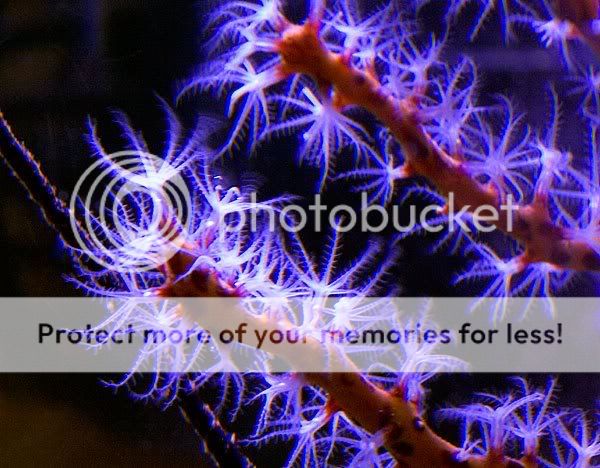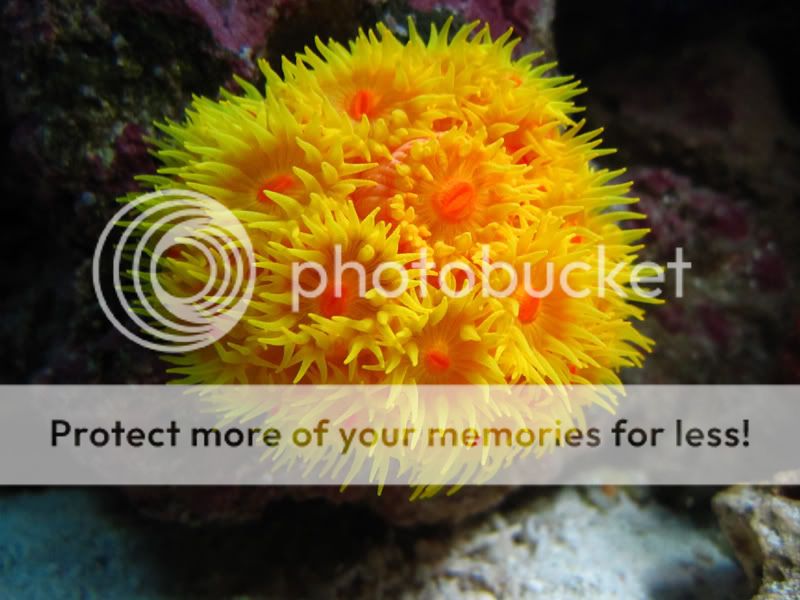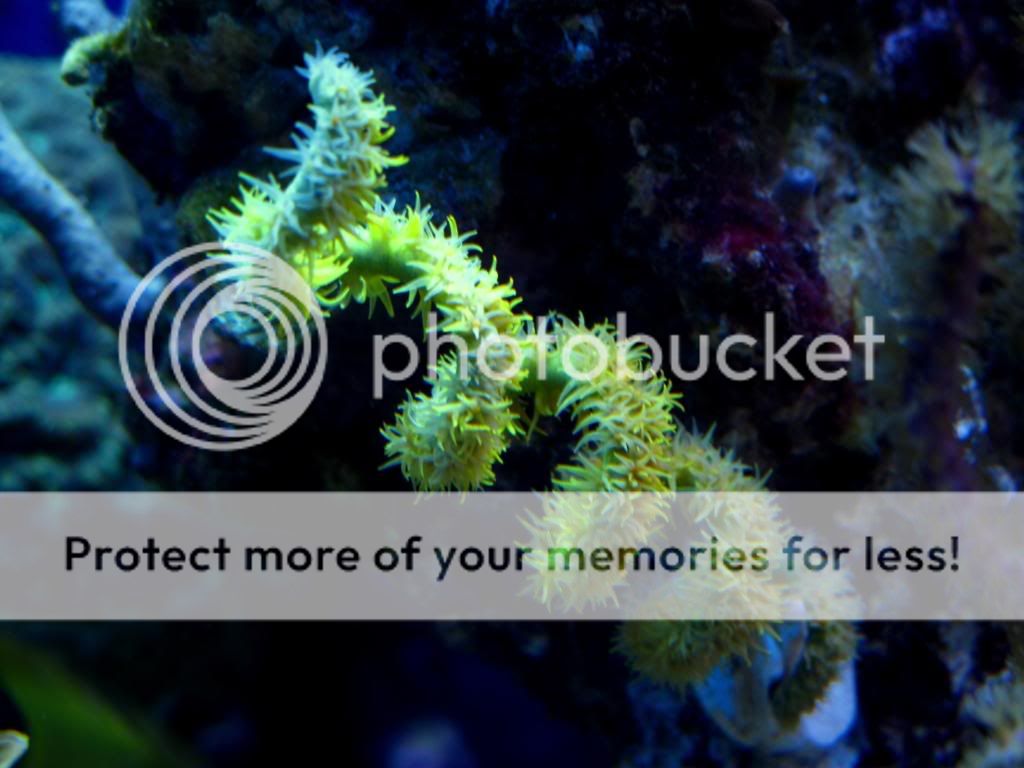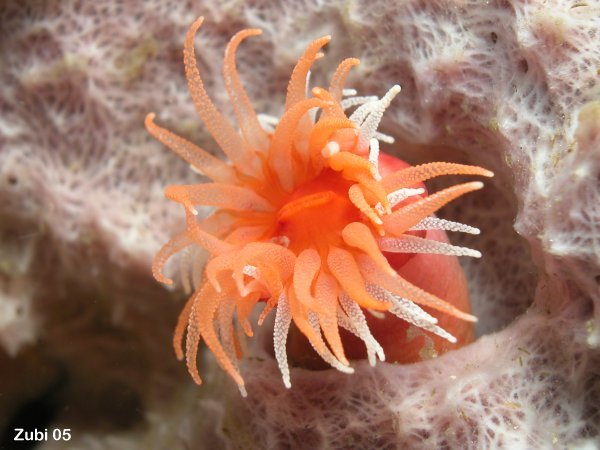Aquabacs
New member
As our non-photosynthetic forum continues to grow a common question that is asked is: What kind of non-photosynthetic corals are there and what are their care level. It is our duty as members of this forum to help our community grow and help increase exposure of non-photosynthetic corals to reefkeepers.
Let's make the thread interesting, interactive, and hopefully a little educational in the process.
Guidelines:
Now these are just the basics to start with. If you have any recommendations to add, feel free to do so.
Mike
Let's make the thread interesting, interactive, and hopefully a little educational in the process.
Guidelines:
- Post one picture of the coral you are going to discuss (no full tank shots)
- Scientific name of the coral
- Common name of coral
- Type of coral (LPS, Soft Coral, Gorgonian, etc)
- Care Level-
Beginner: (corals that are to be recommended for a reefkeeper who has kept corals before but has not kept non-photosynthetic corals) these corals are to be the hardiest, simple direct feeding, and easiest to maintain.
Intermediate: (corals that are to be recommended for a reefkeeper who has kept beginner non-photosynthetic corals thriving in their aquarium for a period of time) these corals are more moderate in hardiness and require a higher care level than Beginner.
Advanced (corals that are to be recommended for a reefkeeper who has kept Intermediate non-photosynthetic corals thriving in their aquarium for a period of time) these corals are more delicate in hardiness and require a higher care level than Intermadiate. In addition, these corals require more dedication to their specific feeding needs (for example:continuous autofeeding of liquid, live, dry or frozen).
Expert: these corals should only be attempted by seasoned non-photosynthetic reefkeepers who are aware of the husbandry practices needed to sustain them in a closed system. - How does the coral reproduce (if known)
- Coral Placement/Orientation
- Feeding: types of food recommended for sustaining the coral and how the food should be administered: direct fed, broadcast, etc.
- Additional tips or words of wisdom of keeping this type of coral
Now these are just the basics to start with. If you have any recommendations to add, feel free to do so.
Mike






